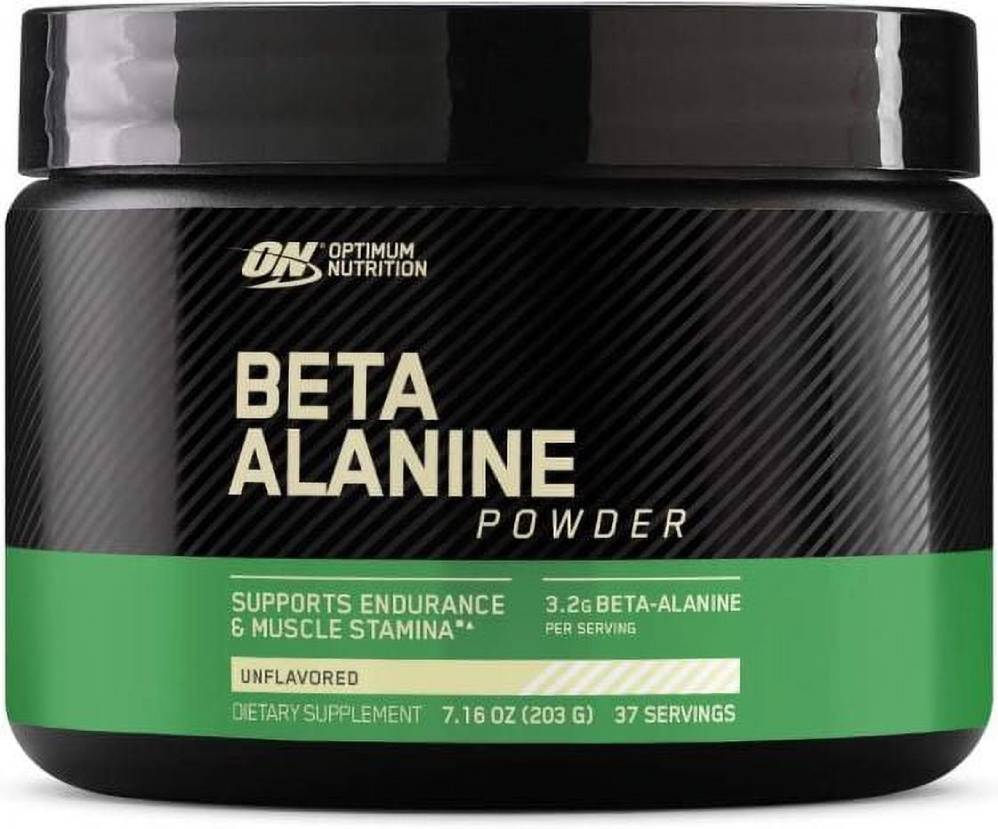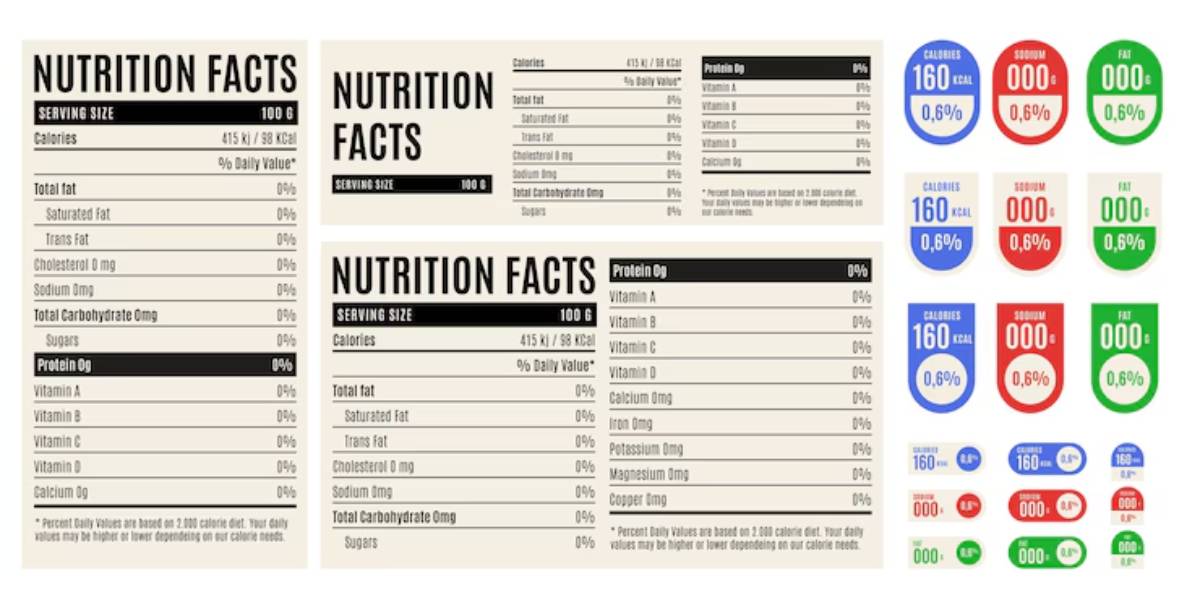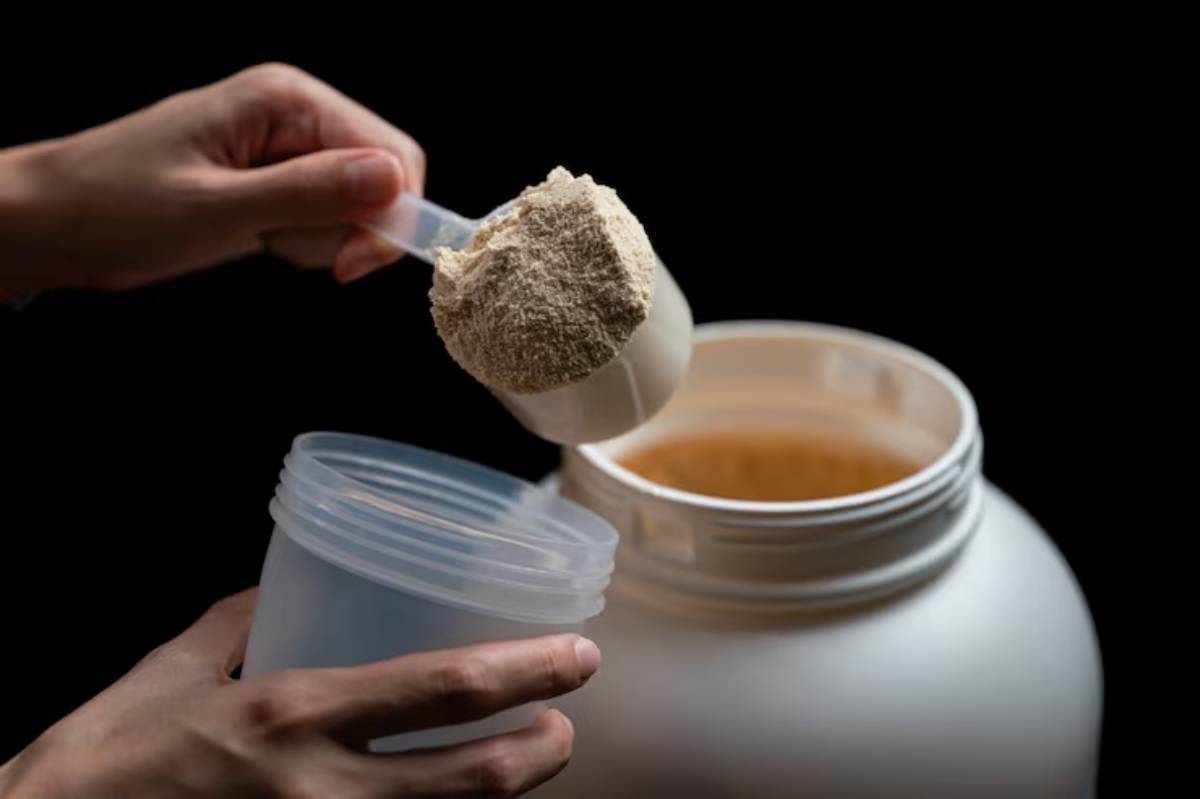
How to Read a Supplement Label Like a Pro
Ever stood in the supplement aisle, spinning a tub of protein powder, trying to decode a jungle of numbers, unfamiliar ingredients, and bold marketing claims? You’re not alone.
Understanding supplement labels is a crucial step to making smart fitness decisions, yet so few people actually know how to interpret them.
This guide will turn confusion into clarity, helping you spot what’s helpful, what’s hype, and how to make informed choices. Whether you’re reviewing a new pre-workout, protein blend, or fat burner, this is your expert-backed supplement label guide.
Quick Guide: How to Read a Supplement Label Like a Pro
- 1. Check Serving Size: Everything is based on a single serving, so verify this first.
- 2. Examine Supplement Facts Panel: Look at macronutrients, micronutrients, and active ingredients like creatine or BCAAs.
- 3. Avoid Proprietary Blends: These hide dosages and can be a red flag. Always know what’s inside.
- 4. Scrutinize Ingredients: Ensure you’re getting clean, effective ingredients with clear dosages (e.g., whey isolate, creatine monohydrate).
- 5. Understand % Daily Value (DV): This shows how much of each nutrient contributes to your daily needs.
- 6. Look for Certification & Quality Seals: Informed-Sport, NSF, or USP Verified are trusted third-party tests.
- 7. Decode Marketing Claims: Be cautious of exaggerated claims. Check for real scientific backing.
Pro Tip: Keep a supplement journal to track how your body responds to specific ingredients.
Understanding the Core: Why Supplement Labels Matter
Supplements aren’t regulated as strictly as medications. That means it’s up to you to understand exactly what you’re putting in your body. A supplement label is your first defence against poor-quality products, proprietary blends, and potentially unsafe dosages.
According to a 2024 survey by Nutrition Insight UK, nearly 47% of gym-goers admitted they don’t understand more than half of what’s printed on their supplements. That knowledge gap can cost you your health, your progress, and your money.
This guide breaks it all down using real-world logic, scientific insight, and actionable advice from fitness nutritionists and sports scientists.
Quick Reference Summary: Label-Reading Essentials
- Check Serving Size – Everything on the label depends on this
- Verify Active Ingredients – Look for the ones that matter, like creatine or leucine
- Avoid Proprietary Blends – These hide true dosages
- Watch the Daily Value (%DV) – Indicates nutrient adequacy
- Check Additives and Fillers – Look out for sugars, dyes, and artificial flavours
- Note Certifications – Look for third-party testing like NSF or Informed-Sport
- Cross-Reference Claims – Don’t fall for ‘miracle’ statements
Step-by-Step Guide: How to Read a Supplement Label Like a Pro
1. Start With the Serving Size
Everything on the label—from calories to ingredient amounts—is based on a single serving.
Pro Tip: Many brands list multiple scoops per serving to appear more effective.
2. Examine the Supplement Facts Panel
This section shows you what’s really inside:

- Key Actives – E.g., creatine, beta-alanine, BCAAs
- Macronutrients – Protein, carbs, fats (important for whey or meal replacements)
- Micronutrients – Vitamins and minerals with %DV (aim for 10–100% DV)
Example: A good whey protein might list 25g protein, 5g BCAAs, and minimal sugar.
3. Watch Out for Proprietary Blends
These are catch-all terms like “muscle matrix” or “performance formula.” They hide exact dosages, which makes it hard to assess effectiveness or safety.
Red flag: If you don’t know how much caffeine or creatine is inside, skip it.
4. Scrutinise the Ingredient List
- Ingredients are listed in descending order by weight
- Look for clean sources: whey isolate, creatine monohydrate, natural flavourings
- Avoid:
- Artificial sweeteners (e.g. aspartame if you’re sensitive)
- Excess fillers (like maltodextrin or cellulose)
- Unproven herbs with no dosage clarity
5. Understand the % Daily Value (%DV)
This tells you how much of each vitamin/mineral you’re getting relative to daily needs.
- Below 100% – Supplement is part of your daily intake
- Over 100% – Common in B-vitamins or vitamin C (often harmless but unnecessary)
6. Look for Certification and Quality Seals
Trustworthy supplements usually carry third-party testing or quality assurance marks:
- Informed-Sport / Informed-Choice – Trusted for athletes
- NSF Certified – Tests for banned substances and contaminants
- USP Verified – Confirms label accuracy and manufacturing standards
Stick to evidence-based ingredients like creatine monohydrate (3–5g/day), beta-alanine (2–5g/day), and whey protein (20–30g/serving).
7. Decode the Marketing Claims
If a product claims to “torch fat fast” or “build muscle in 5 days”, be sceptical.
Look instead for clinically backed ingredients with cited studies.
Want science-backed info? Check our fitness product review guide to spot legit research.
Pro Tips & Important Notes

Pro Tip: It is a label contents Keep a supplement journal. Note how your body responds over a few weeks—bloating, energy spikes, better focus—and correlate.
Watch your stacking: Taking multiple products with caffeine? That can easily exceed 400mg/day, leading to jitters or worse.
Best Practices & Additional Insights
- Compare brands side-by-side for transparency
- Use trusted platforms or apps to scan for banned substances or allergens
- Choose single-ingredient supplements if you’re just starting—it simplifies tracking
- Rotate or pause supplements every few months to reassess need and tolerance
Read more on how to stack supplements safely for muscle gain.
FAQs
What’s the difference between “proprietary blend” and a transparent label?
A proprietary blend lists combined ingredient amounts without breaking down each component. Transparent labels show exact dosages so you know what you’re getting.
How do I know if an ingredient is effective?
Look for ingredients that have clinical backing and dosage transparency. Creatine, citrulline malate, and beta-alanine are some well-researched examples.
Can I trust ‘natural’ labels?
“Natural” is not strictly regulated. Always read the full ingredient list and look for third-party certification for added confidence.
Should I avoid products with artificial sweeteners?
It depends on your tolerance. Some people experience digestive upset from sucralose or aspartame. Test small servings first.
Conclusion: Take Control of What You Consume
Learning how to read a supplement label like a pro empowers you to make smarter, safer, and more effective fitness decisions.
Instead of falling for hype, you’ll understand the science, spot red flags, and build trust in what you use.
Take charge today – Next time you pick up a tub or capsule, give the label a second look. The difference between “buying blind” and “buying smart” could be the missing piece in your fitness puzzle.
Discover more on how to optimise your supplement routine


